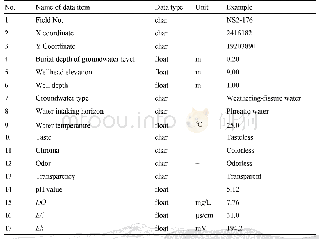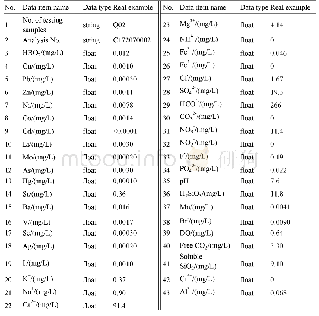《Table 3Reusability tests of Pd NPore in the reduction of quinoline a.》
 提示:宽带有限、当前游客访问压缩模式
提示:宽带有限、当前游客访问压缩模式
本系列图表出处文件名:随高清版一同展现
《非负载纳米多孔钯催化喹啉及其衍生物的化学选择性氢化反应:H_2分子异裂(英文)》
a Reaction conditions:quinoline(1a,0.5 mmol),Pd NPore(5 mol%),H2(5 atm),in CH3CN(3.0 m L)at room temperature for 24 h.b Isolated yield.
The hydrogenation of quinoline(1a,Table 1)in the pres‐ence of Pd NPore(5 mol%)was chosen as a model in prelimi‐nary tests aimed to optimize the reaction conditions.The re‐sults are shown in Table 1.It was expected that a polar and Lewis‐basic solvent could assist the heterolytic cleavage of H–H bonds,facilitating the chemoselective hydrogenation of quino‐line to py‐THQ[24,42].Accordingly,the reduction was initially tested in polar and Lewis‐basic solvents,dimethylformamide(DMF),and 1,4‐dioxane(Dioxane),under 5 atm H2 at room temperature.As expected,2a was obtained as the sole product in moderate yields(entries 1 and 2,55%and 51%,respective‐ly).The yield of 2a decreased when toluene,a nonpolar solvent,was used(entry 3,30%).In contrast,the yield of 2a increased to 72%by adding triethylamine(Et3N),a polar and Lewis‐basic additive,to toluene(entry 4).Thus,Et3N was used as the sol‐vent,and the yield of 2a further increased(entry 5,80%).The desired product 2a was finally obtained in excellent yield(93%)when acetonitrile(CH3CN)was used as a solvent(entry6);in this case,ethylamine(1.5 mmol)was also obtained.These results indicate that CH3CN was hydrogenated to the corresponding amine under the reaction conditions.The ob‐tained ethylamine may act as a polar and Lewis‐basic additive,in addition to CH3CN itself.The yield decreased when the H2pressure and catalyst loading were decreased(entries 7 and 8).The yield of the 2a product also decreased with a shorter reac‐tion time(entry 9).No reaction was observed in the absence of Pd NPore catalyst or when the precursor of Pd NPore,the Pd20Al80 alloy,was used in the hydrogenation of 1a(entries 10and 11).Accordingly,we set the standard conditions as follows:Pd NPore(5 mol%),5 atm H2,and room temperature in CH3CN.The desired 2a product was separated in low yield,along with a N‐ethyl‐1,2,3,4‐tetrahydroquinoline byproduct,when the palladium/carbon and the Lindlar palladium catalysts were used instead of the Pd NPore catalyst(entries 12 and 13).These results clearly indicate that the activity and selectivity of the Pd NPore catalyst are higher than those of the two commercial‐ly available catalysts.
| 图表编号 | XD008199100 严禁用于非法目的 |
|---|---|
| 绘制时间 | 2018.11.01 |
| 作者 | 卢烨、Yoshinori Yamamoto、Abdulrahman I.Almansour、Natarajan Arumugam、Raju Suresh Kumar、包明 |
| 绘制单位 | 大连理工大学精细化工国家重点实验室、大连理工大学精细化工国家重点实验室、东北大学理学研究科化学系、立命馆大学科学技术研究所、沙特阿拉伯国王大学科学学院化学系、沙特阿拉伯国王大学科学学院化学系、沙特阿拉伯国王大学科学学院化学系、大连理工大学精细化工国家重点实验室 |
| 更多格式 | 高清、无水印(增值服务) |
查看“Table 3Reusability tests of Pd NPore in the reduction of quinoline a.”的人还看了
-

- Table 6 The agronomic efficiencies of nitrogen in different test sites, different amounts of nitrogen and ratios of cont
-

- Table 3 Comparison of 4 data sets (when the difference of misclassification rates in test sets is small) 表3 4个数据集的对比情况 (





